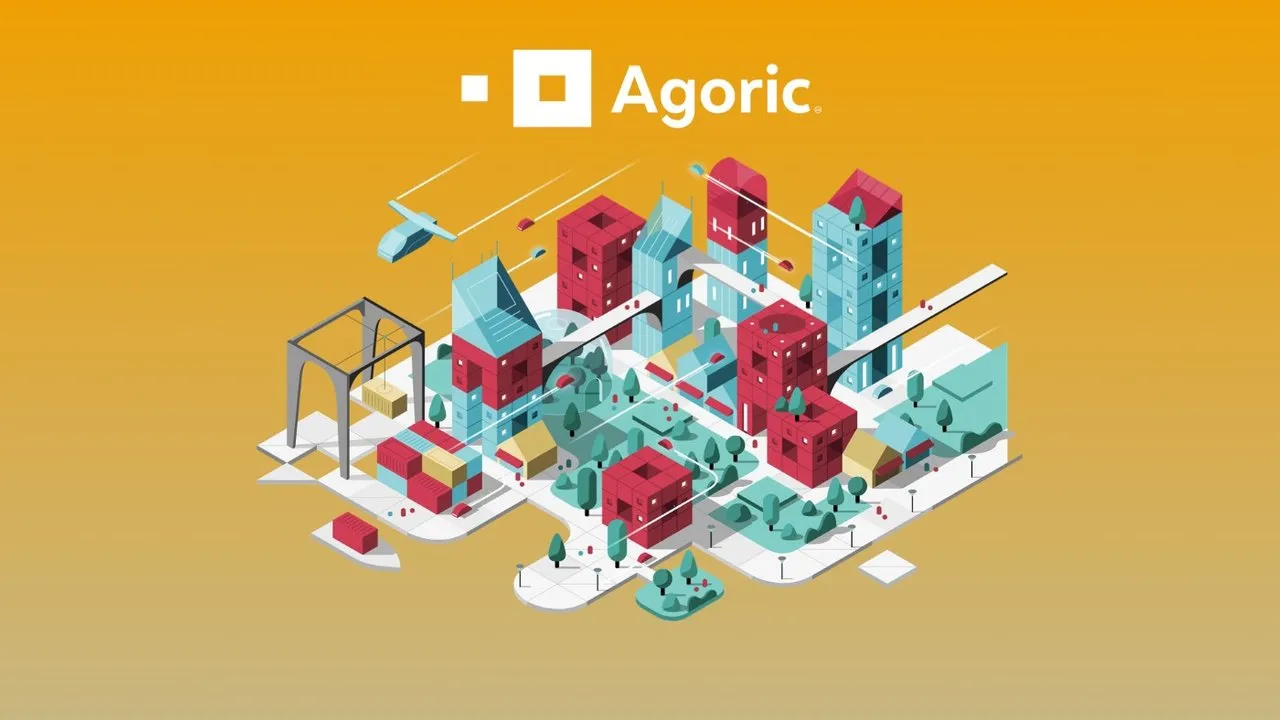
Pioneers in Smart Contract Development
At a time when blockchain company valuations are under siege, liquidity is fleeing from all corners of the financial markets, and security concerns are being raised on what seems like a daily basis, who in their right mind would want to launch a new blockchain? The answer is surprisingly simple: a team of founders, engineers, security professionals, product managers, and community managers with decades of experience. In fact, the team at Agoric Systems was already designing smart contracts even before the first blockchain ever launched.
Still the Right Time
Prior to the latest turbulence in the financial markets, reports of getting banned by governments around the world appeared less and less in the media covering cryptocurrencies; instead, integrating blockchain technology and regulation surrounding new financial instruments are what dominated the discussion. With the focus shifting to acceptance of cryptocurrencies, embracing a wider target market can finally pivot towards becoming a realistic goal. Blockchain technology use cases in decentralized finance have reached widespread adoption amongst the technologically advanced pioneers, but are just beginning to attract the attention of mainstream corporations, organizations, and marketplaces. Now is the time to introduce the potential efficiencies and cost savings that can be attained by using blockchains and smart contracts to industries and businesses not yet exposed to the future economies.
A Smart Approach
Agoric Systems is perfectly positioned to ride the next wave of growth in blockchain technology. With decades of smart contract experience, guided by a talented team with deep roots in technological innovation from some of the most successful software development companies in the world, Agoric is leveraging the most important assets: people! Specifically, Agoric Systems is on the cusp of launching a blockchain that will allow JavaScript software developers to program and launch dApps and marketplaces on top of its infrastructure.
The large community of developers already working with JavaScript are currently engaged at some of the world’s most innovative companies. Node.js, a JavaScript runtime environment serving as a back-end framework, and React.js, a JavaScript library for developing the front-end of online applications, are used by companies such as Uber, Netflix, LinkedIn, Meta, Airbnb, Yahoo!, Dropbox, ZenDesk, and the New York Times. In addition, there are other JavaScript frameworks in production, including Angular (used by YouTube, GMail, Google Play, Microsoft Azure, Forbes.com, and PayPal), Vue.js (used by Adobe Portfolio, Adobe Behance, GitLab, Motley Fool, and BMW Car Configurator), and Ember.js (used by GroupOn, Twitch, and Square). Agoric’s CEO wrote in December of last year that JavaScript is being used by more than 10 million developers worldwide (see Agoric White Paper in the Sources section below).
With the first part in this series, my goal is to introduce Agoric Systems, provide a high-level overview of the technology at the center of the ecosystem being built, present its innovative solution to capture a wide adoption, and discuss its progress so far. In this introduction to Agoric, I will also look ahead to the coming months, by examining the Roadmap for the remainder of this year. However, in subsequent installments of the series, I will highlight several important milestones to be crossed in the coming months and I will discuss their significance for the future of the blockchain.
The Company
An open-source software development company with its headquarters in Northern California, Agoric aims to reach worldwide developer and user communities. Built around a JavaScript library of composable components, the company’s blockchain delivers the infrastructure to enable developers to launch dApps, NFT, and DeFi marketplaces.
With a large internal team as the core development and product support group, Agoric has reached out to the large base of JavaScript trained developers, expanding a rapidly growing and enthusiastic community of external software development teams.
Launch of the Governance Token
After its initial rounds of private sales, the company also successfully completed a large Coinlist public sale at the end of December 2021, selling over $50 million in BLD, the blockchain’s governance token. Please see the pictures below for an overview of the Agoric tokenomics.

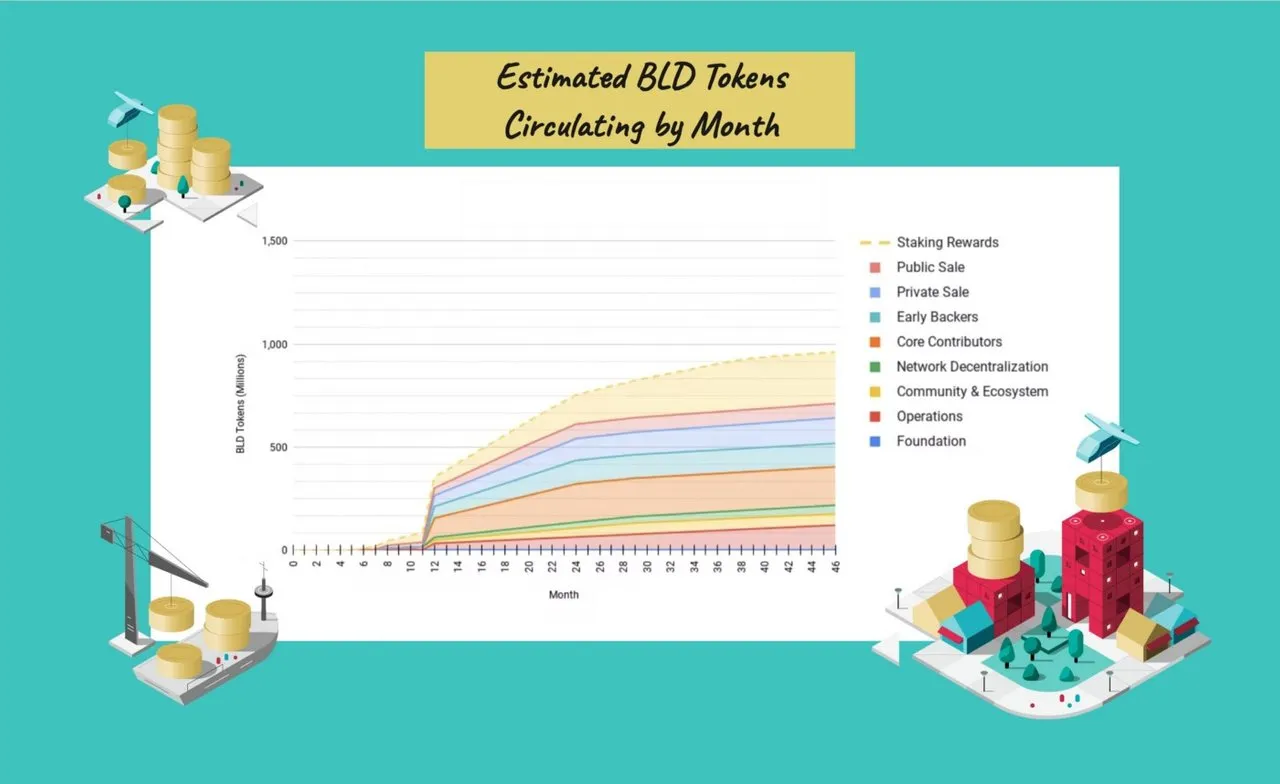
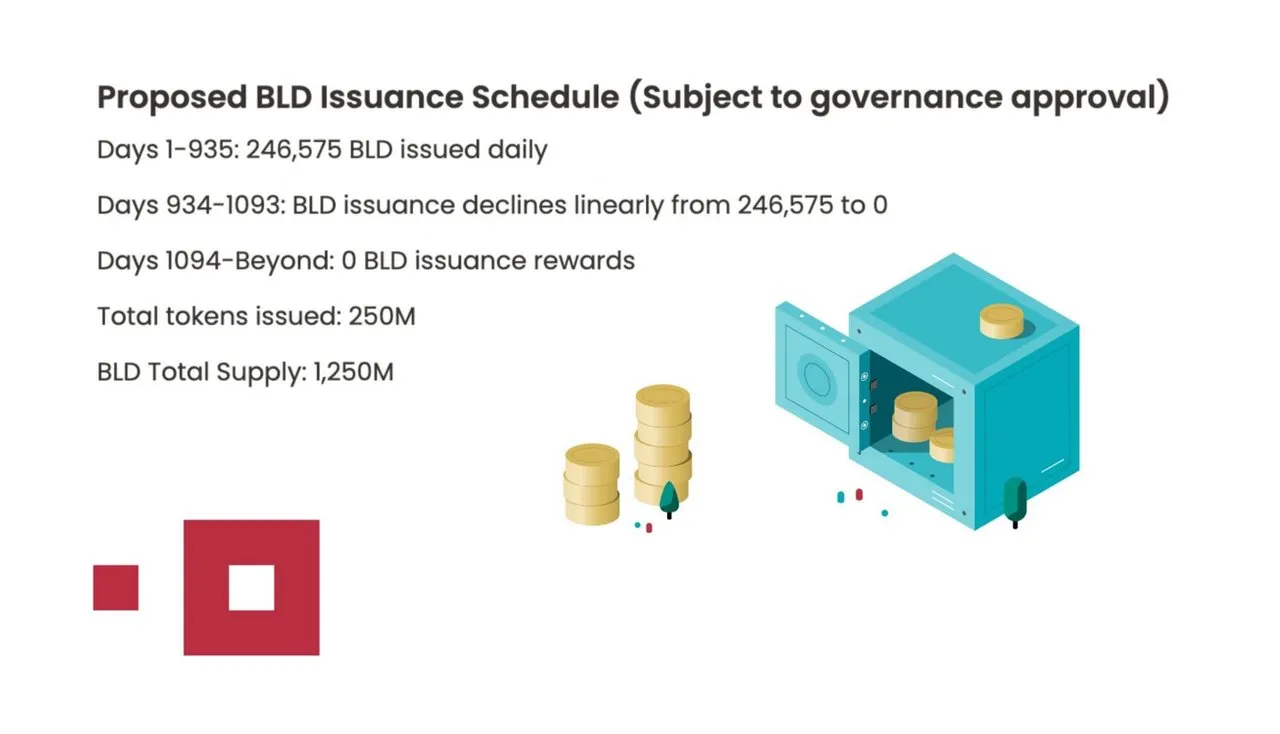
Currently operating on Main-net Phase 0, validators are online and staking of the BLD governance token has begun. BLD owners can delegate their tokens to one or more of a hundred validators securing the Agoric blockchain. With reasonable commissions of 10% or less (with most at 5%), the active set of operators includes those with delegated assets from 67,000 BLD all the way up to 20 million BLD. The governance token is not trading on exchanges, yet.
The Technology
Meticulously working towards its Main-net Phase 1 launch, Agoric joined the internet of blockchains, taking a significant position in the greater Cosmos ecosystem. With the underlying Tendermint consensus engine at its foundation and the public chain built using the Cosmos Software Development Kit (SDK), Agoric is expected to achieve fast processing speeds, inexpensive transaction costs, and leverage the inter-chain interoperability capabilities of the IBC protocol. In fact, Agoric was a part of the team that developed IBC!
With Inter-Blockchain Communication, Agoric’s developers will be able to tap into the messaging relayer network to communicate with dApps and protocols across all IBC enabled blockchains in the Cosmos. At present, existing blockchains such as the Cosmos Hub, Osmosis, Juno, Secret, Sifchain, and many more are able to capitalize on this interconnectivity with IBC. Millions of dollars worth of transactions are processed using IBC every day. For an overview of IBC’s reach, the Map of Zones provides a wonderful picture (see the link in the Sources section below).
Utilizing existing bridging technology from the Gravity Bridge, Ethereum assets will be enabled in smart contracts developed on the blockchain. Agoric will also integrate with Chainlink’s oracle network to offer high levels of data access for applications running on Agoric’s blockchain.
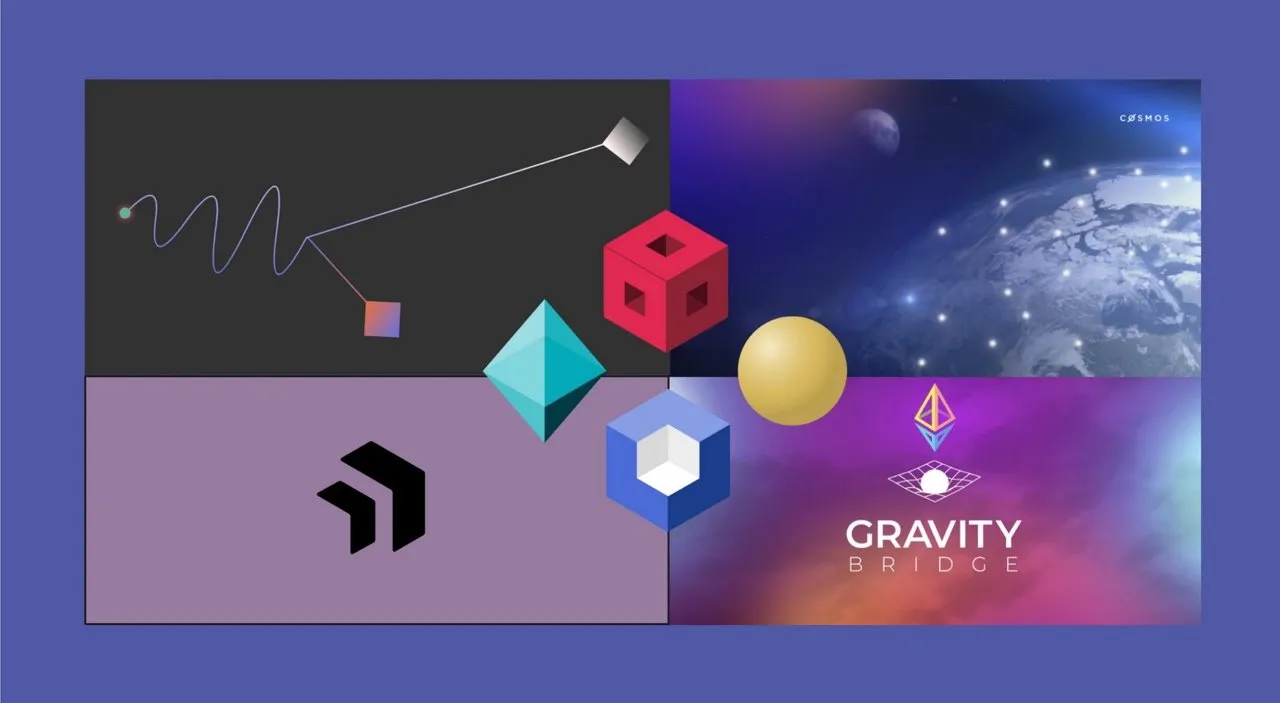
When Main-net Phase 1 goes live, the Team will launch the Agoric virtual machine, the Inter Protocol (for the stable token local currency), and its automated market maker (Kinetic AMM). Phase 2 will allow permissioned smart contracts to be deployed, upon BLD holder governance approval. Then, Phase 3 will mark the introduction of permissionless smart contracts deployment.
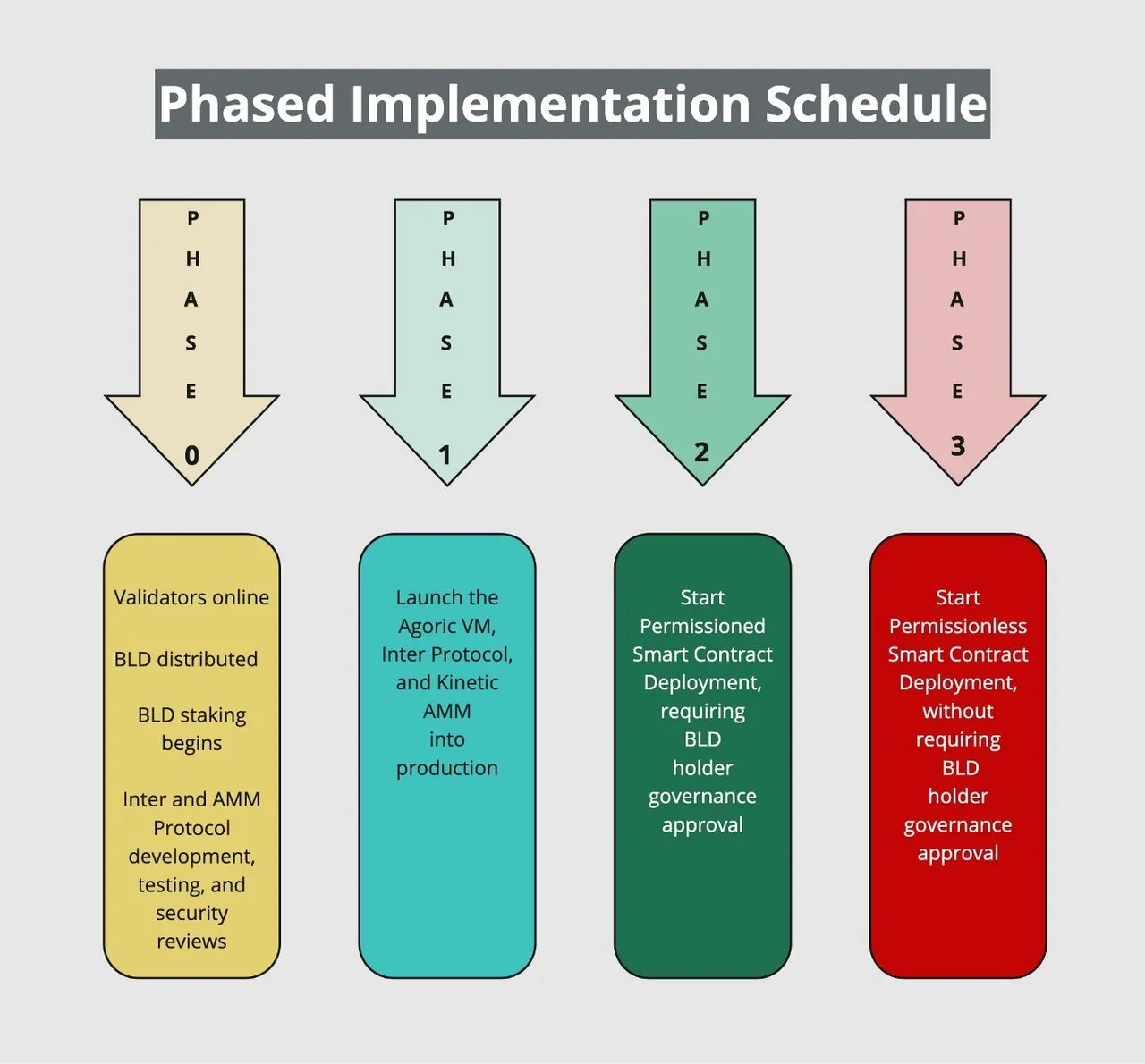
Best in Class Security, Composability, and Infrastructure
The Agoric blockchain technology stack that starts with the Tendermint consensus engine at its foundation is further built up with Endo, Digital Assets, and Zoe.

Endo is the layer of the tech stack that is the Hardened JavaScript framework. It enables the smart contract platform to deliver secure distributed computing. It interacts with the CapTP object-to-object message passing protocol. CapTP, the capability transport protocol, enables objects on one computer to securely send messages onto another computer.
The Digital Assets layer comprises both the fungible and non-fungible electronic bearer rights. Agoric will accomplish the ability to safely transfer and trade these assets by establishing a stable and sound economy. This will be accomplished initially with its two tokens: IST and BLD. The IST stable token will be used to execute transactions and chain services. It will be backed by on-chain collateral and represent one U.S. Dollar. The BLD token is the governance and staking token. Staking rewards will be earned for securing the chain and be paid from fee income collected from on-chain activities.
Finally, Zoe is the Smart Contract layer and is a security framework that supports applications built on the blockchain. Using Zoe, developers can run code on the chain, mint new digital assets, and trade assets, all while operating in a credible framework.
Zoe provides an object based framework and Agoric has built a series of composable components that developers can deploy as part of their applications. See the picture below for what is available.

Both the Digital Assets and Zoe layers of the Agoric Tech Stack interact with ERTP, which is the Electronic Rights Transfer Protocol. It is the token standard for creating and transferring digital assets in the Agoric blockchain ecosystem of dApps and marketplaces. In ERTP, digital assets can be minted, moved, stored, and withdrawn, all with the same security properties and access controls.
The Future is Built on Hardened JavaScript
Agoric System’s focus is on providing the foundation and the infrastructure for developers to easily and quickly deploy JavaScript smart contracts in dApps, NFT, and DeFi marketplaces. More importantly, the Agoric Team will launch their virtual machine into production with a robust, battle tested, and secure smart contract framework.
The blockchain is expected to become an integral and important platform in the Cosmos ecosystem, taking advantage of all its capabilities and explosive growth from the past year. Above all else, the Agoric blockchain will leverage the large number of JavaScript developers that already number in the millions worldwide.
In the next installment, I will take a closer look at the upcoming launch of the blockchain, which is expected to go into Phase 1 production later this Summer or early Fall. With all the recent market turmoil around stablecoins specifically and blockchain currencies in general, the launch of Inter Protocol and the Kinetic AMM will be an eagerly anticipated event.
Wordt vervolgd — Opa.
Sources, References, and Further Reading
Agoric — https://agoric.com/
Agoric White Paper — https://agoric.com/wp-content/uploads/2021/12/Agoric-White-Paper-v1.0-1.pdf
Agoric Twitter — @agoric
Agoric Blog — https://agoric.com/blog/
Map of Zones — https://mapofzones.com
